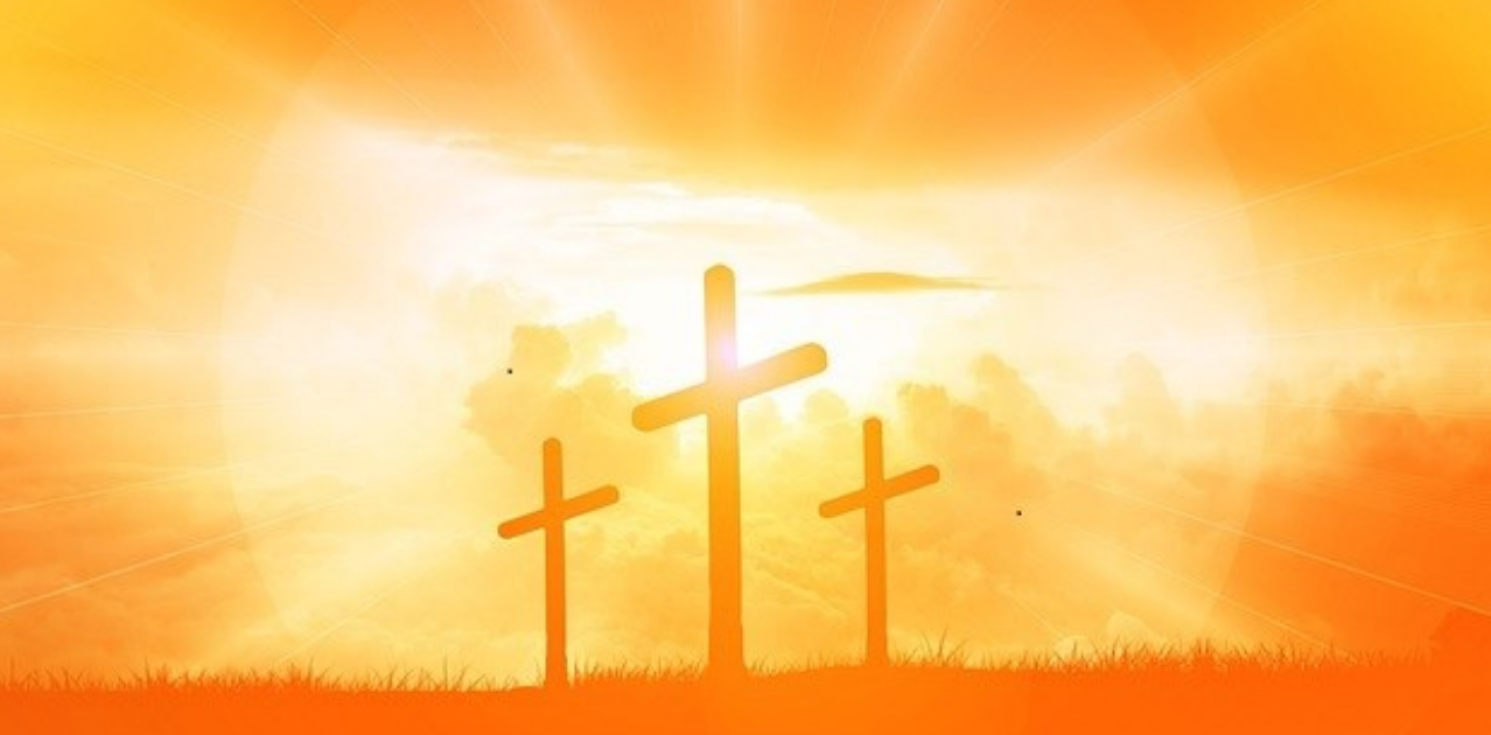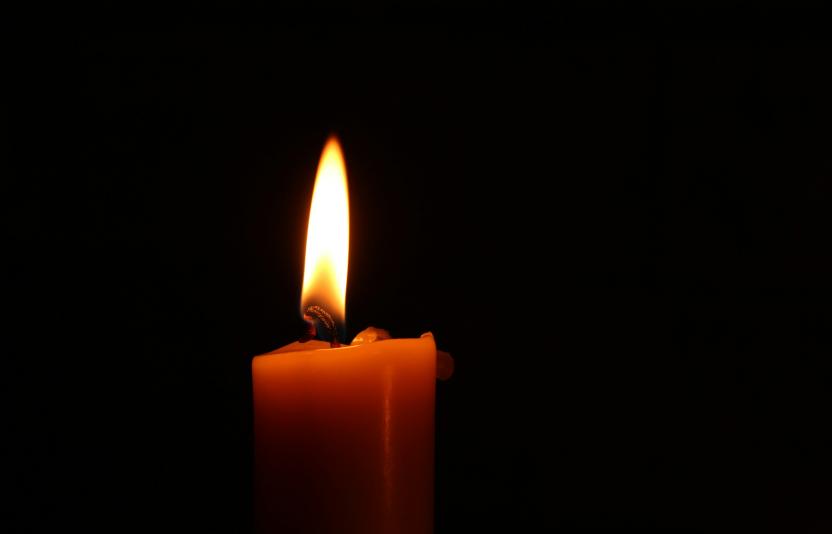Bishop Robert's Easter Message

In the Church’s liturgy there is the greatest dramatic distance between Good Friday and Easter Sunday. Good Friday recalls the arrest of Jesus, Peter’s betrayal, the trials before Pilate and Herod, the baying crowd, the scourging and crucifixion. These are all events which depict the darkest aspects of human nature and which are expressed in sombre reflection and meditative music. Easter Sunday is a complete contrast centring on a garden tomb, a stone rolled away and the presence of angels impelling us to declare with organ and trumpets: ‘Thine be the glory, risen conquering Son: endless is the victory thou o’er death hast won.’
But Easter Sunday doesn’t simply cancel out Good Friday. It is not as if God somehow switches on a light that turns night into day, so that fortunate Christians can now live in a peaceable world where love and grace simply dissolve human sin and failure. Instead, what we see in the pages of the New Testament, are the implications of Easter Sunday being progressively and challengingly worked out in the lives of individuals and communities. The church is born as people work out an answer to the question: ‘What does it mean that the crucified Jesus is now alive with God and also present with those who follow him?’
Holy Week this year has for many of us been dominated by the images of Notre-Dame de Paris being consumed by flames – a church which is a literary, cultural and religious symbol for the whole of France. But not just for France; for Notre-Dame is a treasure of European Christianity. In those flames we saw and felt a piece of European civilisation being destroyed.
Of all the many images we have seen of the fire, there was one which particularly grabbed public attention. It depicted the interior of the building, strewn with rubble and ashes with the huge empty cross suspended above the altar. Strangely – was it a trick of the light? – the cross shone out through the dust and smoke with apparent luminescence. It was an image which conveyed the hope of Easter resurrection amidst the ruins of Good Friday.
Mercifully, no-one was killed in the great fire of Notre-Dame. But that fire put me in mind of another fire: the Grenfell Tower disaster of June 2017. A far cry from the architectural beauty of Paris, Grenfell was built in the unlovely 1960s brutalist style. Home to less well-off families from all over the world, the Grenfell fire killed 72 people and was one of the UK’s worst modern disasters.
One less well-known response to Grenfell is the ‘Cornwall Hugs Grenfell’ initiative. Inspired by a verse from the psalms and the urge to do something to help, its founder, Esmé Page, had the idea of putting a Cornish holiday on the horizon of every Grenfell resident and firefighter family: ‘a time to rest, a time to let the beautiful Cornish countryside bless these people and work its gentle magic’. Beyond the natural beauty, traumatised Grenfell residents have had the opportunity to experience the kindness and care of individuals and families from very different circumstances and backgrounds to their own. Of those who survived the fire, 29% have now been to Cornwall through the project. None of this undoes the terrible deaths in the recent past. But it gives comfort in the present and hope for the future.
None of us is entirely exempt from the pain and anguish that characterise the human condition, and some people experience huge suffering. The empty cross testifies to God’s action in overcoming the sinfulness and failure of humanity. It points the way to new life and new hope. And these are given form in initiatives like ‘Cornwall Hugs Grenfell’.
Whatever your own circumstances, I hope you and those whom you love will find love, joy and hope at this Easter Season.


